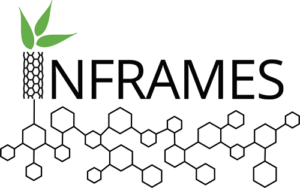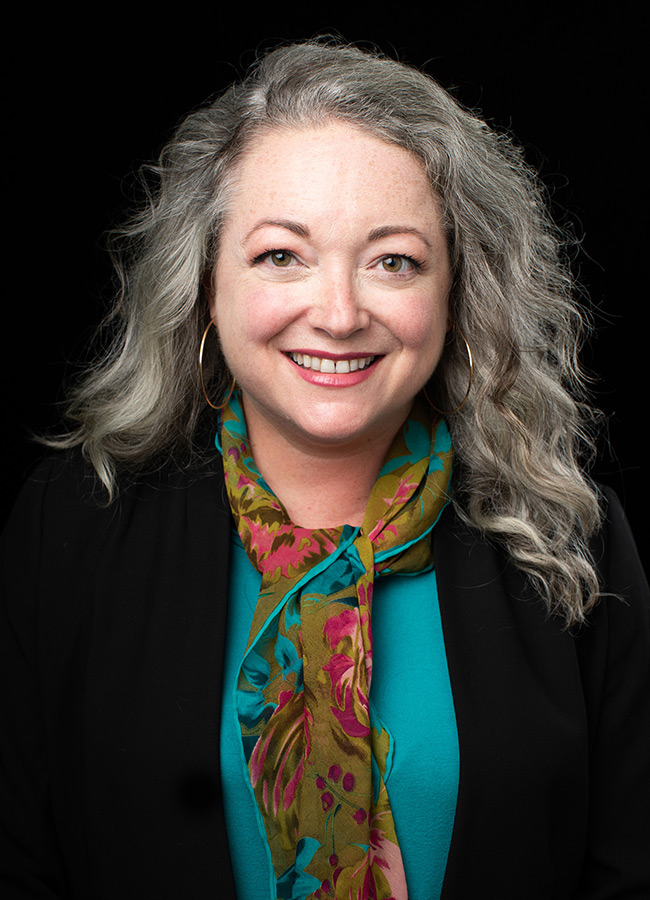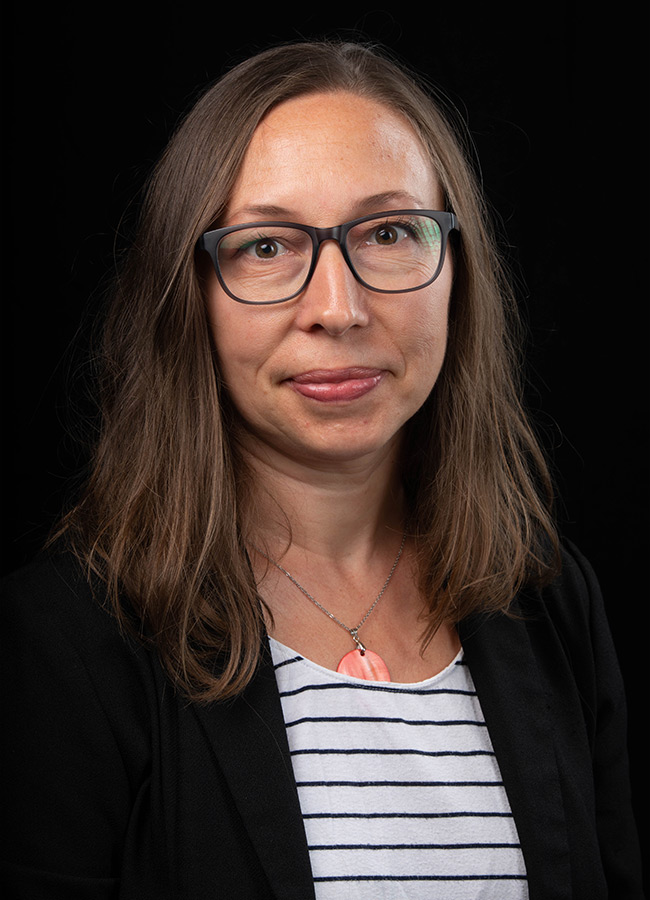This effort aims to increase meaningful engagement of interested parties in The International Network for Researching, Advancing, and Assessing Materials for Environmental Sustainability (INFRAMES), with the goals of building and better understanding the social infrastructures needed to strengthen co-production and co-creation of knowledge to assess the sustainability of materials that our society produces at a global scale. To practically enable this goal, we will carry out a place-based engagement testbed centered around one of our core institutions, which is a remote rural primarily undergraduate institution (PUI). The convening topic of our co-production testbed will focus on the interactions between surface waters and human decisions, targeting microplastics and nutrient cycling in waters.





